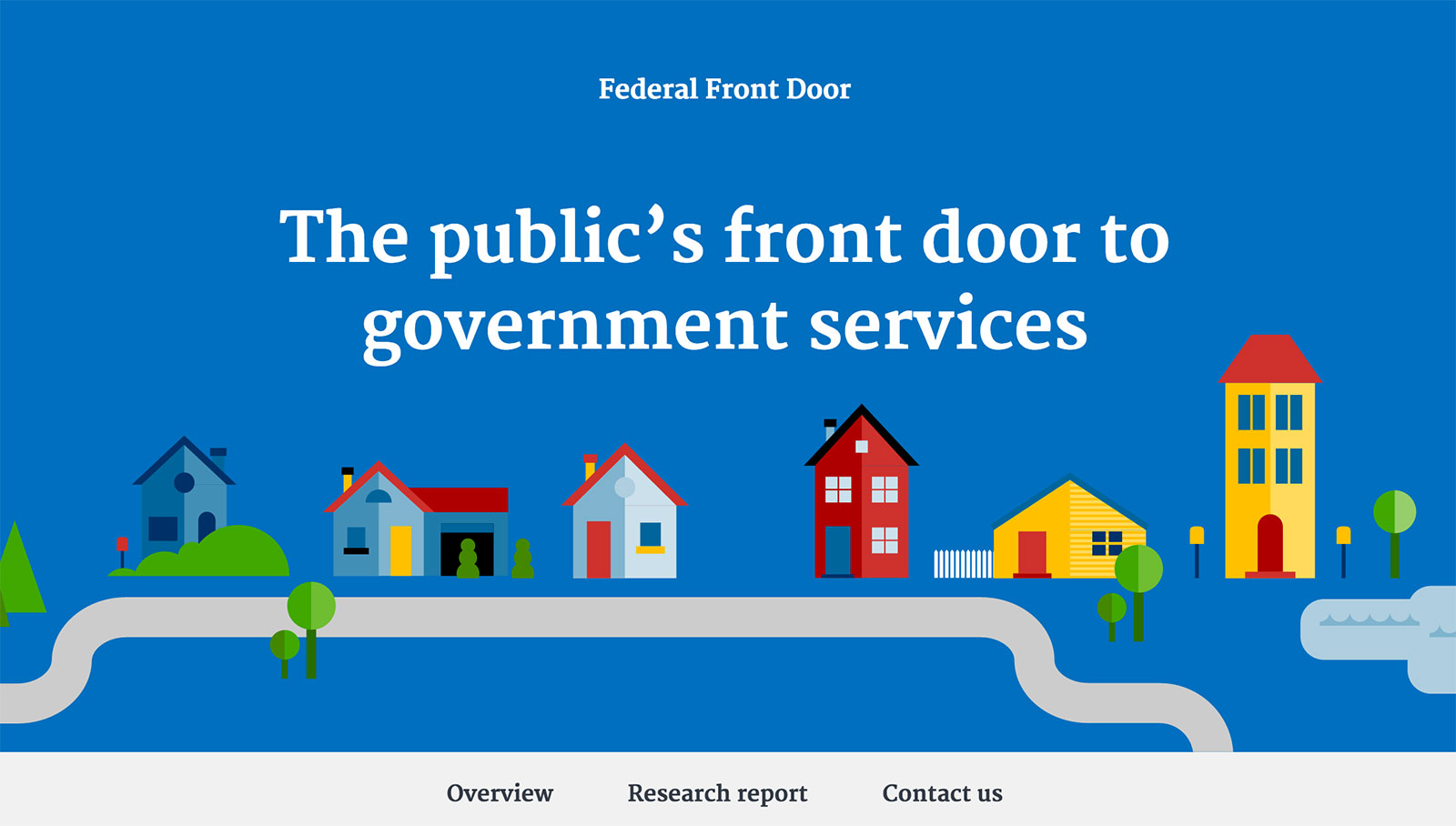This is part six of a series detailing the findings of a team of researchers from 18F and the General Services Administration who studied broad trends in people’s perceptions of and interactions with the government. You can find the introduction to the series on our website and a complete pdf of the research findings on a new microsite that details the themes the research team is investigating.
In yesterday’s post, we detailed how transparency helps build public trust. Today we’ll talk about how choice overload affects decision-making.

The burden of choice overload
Sometimes, the government presents situations with so many options, it’s hard to know which is the best. To share just one example we heard, one of our interviewees described receiving hundreds of advertisements for Medicare Part C insurance plans. As she leafed through them, she quickly became overwhelmed. She ended up choosing the plan that had the most attractive brochure.
Choice overload comes in another form, too: situations where it’s hard to determine the consequences of picking a particular option. In these situations, people may be selecting from a small number of options, but they’re unable to figure out which will benefit them the most. One interviewee described gathering a group of his closest friends to help him figure out when, given his earnings and health, he should start drawing on social security. Despite their collective knowledge, they had trouble coming to a definitive conclusion. In the end, this person ended up drawing his Social Security benefits when he turned 62. His reasoning was that the program might become insolvent, so he had better take advantage of it while it still existed.
Our interviewees appreciated having tools that made complicated choices easier. Several people mentioned employer-provided Social Security calculators as vital for making decisions about when to draw retirement benefits. Others appreciated when senior center staff broke down the differences between Medicare plan options for them. Participants enjoyed choice, but they wanted help determining which choice was the best for them.
Tomorrow, we’ll detail what we learned about trust, and how people decide to trust government services.
Additional contributors to this report include Katherine Garklavs, 18F, GSA and Ryan Thurlwell, 18F, GSA. To contact the Federal Front Door team, email federalfrontdoor@gsa.gov. You can read the complete report on labs.usa.gov, a new site that will house all of the research conducted by this team.

